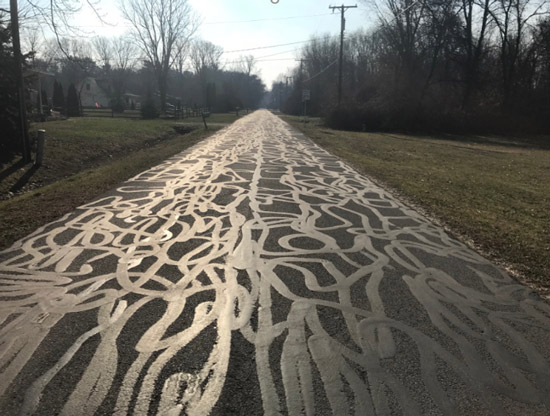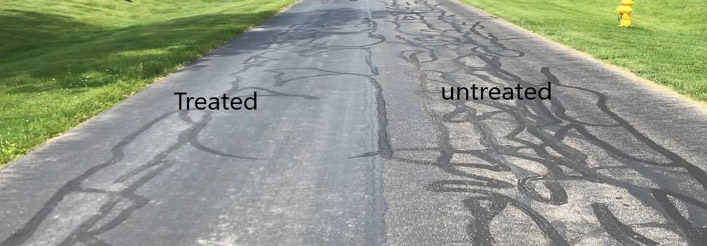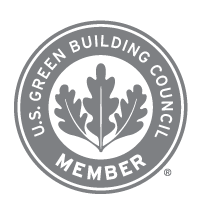Pavement Maintenance and Preservation – What to Know
Category: Blog Articles By: Zack Helm
As winter comes upon us, we will start to see our local road crews out – patching pot holes and trying to keep our streets in drivable condition while the salt, de-icing agents, and ongoing freeze-thaw cycle does a number on our roads.
To most of us, this is just routine pavement maintenance and preservation. But caring for roads takes many shapes and forms. It could mean improving the striping on the road, patching pot holes, crack sealing, or drainage improvement. All these activities are vital to maintaining our infrastructure, but it is the timing of these various operations that will reveal their real-world impact on pavement conditions and ultimately, on the cost-efficiency of the dollars invested.
Reactive Maintenance
I was out driving roadways a couple of years ago when I came across this pavement that had been recently crack sealed.

Typically when I display this picture I hear several chuckles from the crowd, while the motorcyclists among us cringe at the thought of having to drive on this. The “shock value” is high, but this practice is far more common than you might think.
I am a person who likes to give the benefit of the doubt, and I’m sure the agency responsible meant well; after all, see crack, seal crack. However, think about the costs involved in this type of reactive maintenance. The material alone would send your invoice through the roof, not to mention the time spent and headaches experienced in performing this operation. I suspect the agency received a couple of citizen complaints as well.
Clearly, this is not routine pavement maintenance, but rather, maintenance that is essentially reactive in nature. The idea of waiting to try to fix a problem only when it becomes a problem is a waste of agency dollars.
Preventive Maintenance and Preservation
Now let’s look at another pavement that received maintenance, but with an entirely different approach. Six years ago, this agency decided to try a maltene-based rejuvenator on several roadways. On one of the streets, the agency treated only one side of the pavement with the penetrating sealer, leaving the other side untreated so the township could evaluate the results over time.
The treatment was applied while the asphalt was still relatively new, and some may have wondered why any maintenance was being performed so early in this road’s service life. But after six years, you can see how the treated pavement remained in great condition with minimal cracking, while the same degree of exposure to weather, UV and traffic did significant damage to the untreated roadway.

The treated side of the pavement contained far less cracking and raveling, which is evident from the significant amount of crack seal applied to the untreated side. As the Public Works Director commented at the time, “Which side would you rather maintain?” He readily understood that the time and money spent on the untreated side would far outpace that spent on the side treated with the maltene-based rejuvenator.
This is an example of an agency treating the roadway prior to, and in anticipation of, the inevitable wear on aging pavements. Clearly this type of preventive maintenance is a better use of taxpayer funding.
Conclusion
As previously noted, pavement maintenance and preservation is vital to any community. But the timing of each operation will determine how successful an agency’s program is.
The dentist is usually not my favorite place to go, but the trip is much more enjoyable when I am just getting a cleaning rather than having a cavity filled. Our family’s monthly budget also is far less impacted. If we can start shifting our focus away from reactive to preventive, not only will our pavement conditions improve, but our dollars will go a lot farther.







